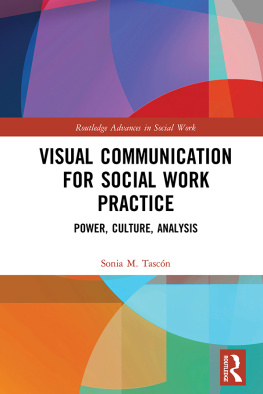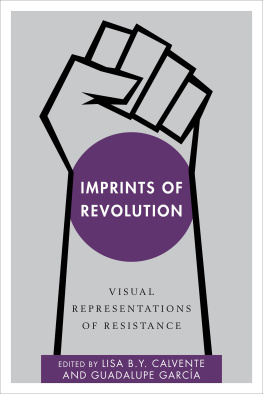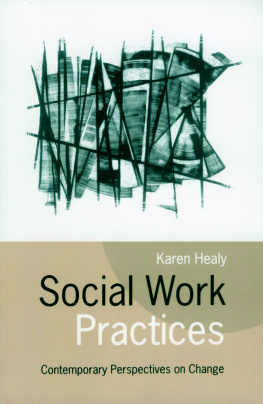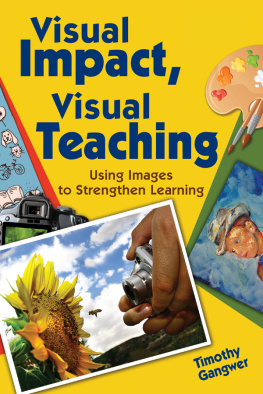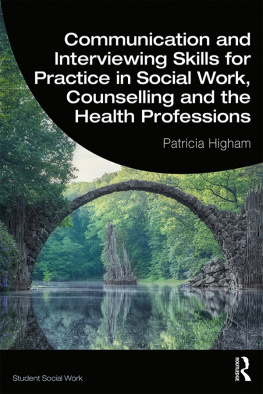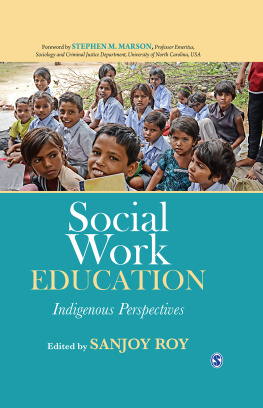Visual Communication for Social Work Practice
How are we to understand how the dominance of visual images and representations in late modernity affects Social Work practice, research and education? Social workers are increasingly using still and moving images to illustrate their work, to create new knowledge, and to further specific groups interests. As a profession in which communication is central, visual practices are becoming ever more significant as they seek to carry out their work with, and for, the marginalised and disenfranchised.
It is time for the profession to gain more critical, analytical, and practical knowledge of visual culture and communication, in order to use and create images in accordance with its central principle of social justice. That requires an understanding of them beyond representation. As important as this is, it is also where the professions scholarly work in this area has remained and halted, and thus understanding of the work of images in our practices is limited. In order to more fully understand images and their effects both ideologically and experientially social workers need to bring to bear other areas of study such as reception studies, visual phenomenology, and the gaze.
These other analytical frames enable a consideration not only of images per se, but also of their effect on the viewer, the human spectators, and the subjects at the heart of Social Work. By bringing understandings and experiences in Film, Media, and Communications, Visual Communication for Social Work Practice provides the reader with a wide range of critically analytical frames for practitioners, activists, educators, and researchers as they use and create images. This invites a deeper knowledge and familiarity with the power dimensions of the image, thus aligning with the social justice dimension of Social Work. Examples are provided from cinema, popular media, but more importantly from Social Work practitioners themselves to demonstrate what has already been made possible as they create and use images to further the interpersonal, communal, and justice dimensions of their work.
This book will be of interest to scholars, students, and social workers, particularly those with an interest in critical and creative methodologies.
Sonia M. Tascn has been a Social Work practitioner and scholar for over 20 years. As a practitioner, she worked in child protection, community work, clinical and hospital Social Work. As a scholar, she has published extensively in areas pertinent to Social Work, namely, race and whiteness, ethics, and human rights film and film festivals. Sonia has both a PhD in Social Work, and a PhD in Film Studies.
Routledge Advances in Social Work
Neoliberalism, Nordic Welfare States and Social Work
Current and Future Challenges
Edited by Masoud Kamali and Jessica H. Jnsson
Visual Communication for Social Work Practice
Power, Culture, Analysis
Sonia M. Tascn
Participatory Pedagogic Impact Research
Co-production with Community Partners in Action
Mike Seal
Consciousness-Raising
Critical Pedagogy and Practice for Social Change
Nilan Yu
Forthcoming:
Intersectionality in Social Work
Activism and Practice in Context
Edited by Suryia Nayak and Rachel Robbins
Conversation Analysis for Social Work
Talking with Youth in Care
Gerald de Montigny
Older Lesbian, Gay, Bisexual and Trans People
Minding the Knowledge Gap
Andrew King, Kathryn Almack, Yiu-Tung Suen and Sue Westwood
Using Art in Social Work Practice
Ephrat Huss and Eltje Bos
www.routledge.com/Routledge-Advances-in-Social-Work/book-series/RASW
Visual Communication for Social Work Practice
Power, Culture, Analysis
Sonia M. Tascn
First published 2019
by Routledge
2 Park Square, Milton Park, Abingdon, Oxon OX14 4RN
and by Routledge
711 Third Avenue, New York, NY 10017
Routledge is an imprint of the Taylor & Francis Group, an informa business
2019 Sonia M. Tascn
The right of Sonia M. Tascn to be identified as author of this work has been asserted by her in accordance with sections 77 and 78 of the Copyright, Designs and Patents Act 1988.
All rights reserved. No part of this book may be reprinted or reproduced or utilised in any form or by any electronic, mechanical, or other means, now known or hereafter invented, including photocopying and recording, or in any information storage or retrieval system, without permission in writing from the publishers.
Trademark notice: Product or corporate names may be trademarks or registered trademarks, and are used only for identification and explanation without intent to infringe.
British Library Cataloguing-in-Publication Data
A catalogue record for this book is available from the British Library
Library of Congress Cataloging-in-Publication Data
A catalog record for this book has been requested
ISBN: 978-0-8153-7453-4 (hbk)
ISBN: 978-1-351-24197-7 (ebk)
Typeset in Times New Roman
by Wearset Ltd, Boldon, Tyne and Wear
Contents
Mick Houlbrook has been an adult educator for 35 years and has worked in several trade unions, community and human services organisations. He has also spent many years in social activism. He joined WSU in 2000, establishing a partnership model in work-based learning, for community workers/activists with high levels of practical knowledge and experience, but low or no formal tertiary qualifications. Work as curriculum has informed much of his practice seeking to disrupt the dominance of explicit over tacit knowledge and facilitate reflexive learning for non-traditional students accessing higher education.
Jioji Ravulo is an Associate Professor in the School of Health and Society, Faculty of Social Sciences at the University of Wollongong. He has a passion to promote the inclusion of cultural diversity and its differences in social work education, practice, policy and research. He is also keen to create genuine conversations and collaborations with community and government organisations around the integration of Indigenous perspectives that enhance systemic responses to social and welfare needs across Oceania.
Sonia M. Tascn has been involved in social justice and human rights for most of her professional life. This inclination led her to Social Work in the first place, and she was a practitioner in child protection, youth services, and Indigenous services, always from a critical perspective, during 19972001. In the early 2000s she began an academic scholarly career, researching and publishing in the areas of refugee rights, critical whiteness, and postmodern ethics. Her interest in social change through activism led her into a growing focus on the visual arts as a powerful vehicle to achieve this. Simultaneously, she became involved in teaching media and film studies, and she has since produced two books on human rights film festivals, and activist film festivals, as these film festivals promote social change. She is currently a Lecturer/Researcher in Social Work at Western Sydney University, Australia.
We are surrounded by visual images, and our world is created by them. We see advertising billboards, logos, social media photos (including, but not limited to, selfies), election billboards, television commercials, video clips, films, photos in books, art works, prints, posters, graffiti, comics, and so on. While there are some visual images that are part of the natural world (for example, when we admire the beauty of a tree, a flower or a landscape), most of these images we see every day have been created to be consumed, or to help us be better consumers. We also create images for others, made even easier with the development of the smartphone, though all of us will receive many more images than we create. The visual image has come to be seen as a necessity for conveying even written material. Book covers are seldom plain, they have images designed to attract the potential reader. Indeed, book covers, album covers, and movie posters have themselves developed as art forms. News stories on social media almost always start with a picture, again to attract the potential reader in a way that words alone cannot. Newspapers include photos to liven and enhance the story. Any public campaign such as a public health campaign, a road safety campaign, a political campaign, or a fundraising campaign will be accompanied by images carefully designed to attract attention and to reinforce the message. And we are naturally drawn to pictures; the reader can surely remember the experience as a child of looking at the pictures first when confronted by a new book.

